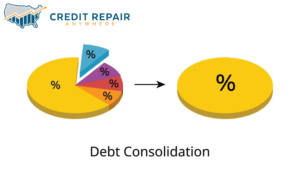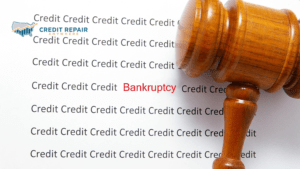Lowering your credit utilization is simply how much of your available credit you use, expressed as a percentage. It is the total of balances on all your credit cards divided by the total of all your credit limits. This number plays a big factor in your credit score — the less available credit you use, the better it is for your score.
Paying your balances on time and in full every month is the best way to keep your score intact or build it. On the other hand, using too much of your credit limit could do damage.
These tactics can help you get ahead of this problem.
1. Track how much you’re charging to each card
The easiest way to avoid losing points on your credit score for overusing your available credit is simply to be aware of how much you charge to each card. Make a habit of patrolling your online accounts to keep tabs on your spending; if you are close to using 30% of your credit limit on one card, make a payment or switch to using another card.
To calculate your credit utilization ratio, divide your total balances by your total credit limit. It is expressed as a percentage. For instance, if your balances are $5,000 and the total of your credit limits is $15,000, your credit utilization ratio is 33%.
Some scoring models also penalize you for having high credit utilization on any one card, so it’s best to keep your balance below 30% on all of your cards.
2. Set up balance alerts
If you have a hard time remembering to check your accounts online, technology can help. Sign up with your issuer to receive balance alerts via text message or email.
Pro tip: Set the alert to let you know when your balance reaches 20% of your available credit. That way, you have a little cushion of time to take action before hitting 30%.
3. Ask for higher credit limits for your credit utilization
If it’s tough for you to avoid utilizing more than 30% of your available credit before the month is up, another solution might be to request a credit line increase on your card or cards. For example, if your credit limit is currently $5,000, but you usually charge $2,500 to your card every month, you’re regularly hitting a 50% credit utilization ratio.
Requesting a credit line increase might initiate a hard inquiry on your credit, but your score should bounce back quickly.
But if you raise your credit limit to $10,000, you can spend the same amount every month and only go as high as a 25% balance-to-limit ratio. This could make a big difference in your credit score.
Requesting a credit line increase from your issuer might initiate a hard inquiry on your credit reports. This might cost you a few points on your credit score in the short term, but as long as you’re practicing good credit habits, it should bounce back quickly.
4. Find out when your issuer reports to the credit bureaus
In general, most credit card issuers report your balance and payment activity to the credit bureaus once per month. However, this doesn’t necessarily coincide nicely with when your bill is due. If your issuer reports a few days before the end of your billing cycle, you’ll consistently look like you’re carrying a high balance — even if you pay it off in full just a few days later.
If your issuer reports a few days before the end of your billing cycle, you’ll consistently look like you’re carrying a high balance.
But this can be solved by placing a quick call to your card issuer’s customer service line and asking when they report to the credit bureaus. Simply pay off as much of your balance as you can in advance of that date every month and you might see a jump in your score.
You may have heard of the AZEO (all zeroes except one) method, which involves paying off all but one of your credit cards in full by their statement closing dates rather than waiting for the payment due date. That gives those accounts a zero or very low balance when the issuer reports to the credit bureaus. On one card (which you pay in full by the due date), you keep your utilization low, typically less than 10%. Whether the AZEO method is more effective than a continuous habit of keeping your utilization low isn’t clear.
5. Get into the habit of paying mid-cycle for your credit utilization
If all of these tips sound too fussy to you, simply getting into the habit of paying your balance twice per month instead of once could be enough to do the trick. As long as halving the time between your payments will consistently keep you below a 30% credit utilization ratio, setting up automatic twice-monthly payments to your cards is a fine idea.



